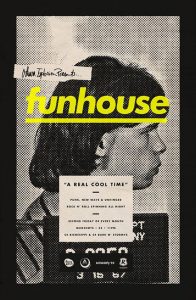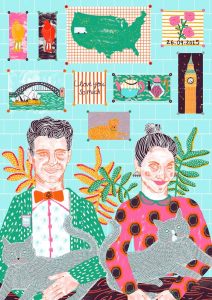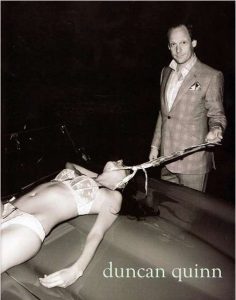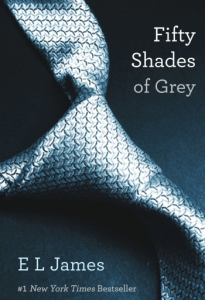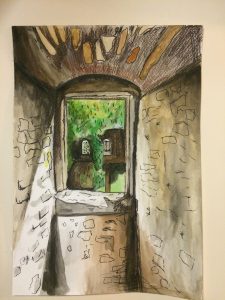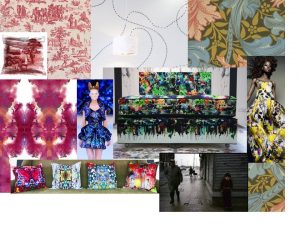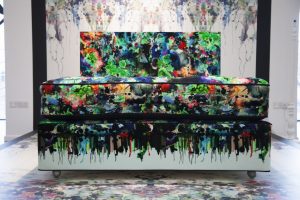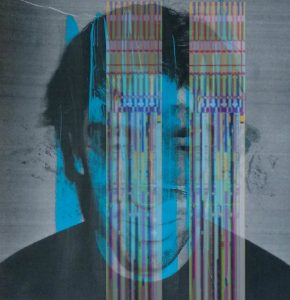My personal practice is mainly centred around illustration and image making. The images that usually catch my eye the most are drawings, whether they be from graphic novels, posters or artwork. I like the idea of a running narrative in the images that I see.


Will Eisner is a famous graphic novel illustrator. I see many parallels in my practice to his massive collection. ‘The Spirit’ was published as a DC comic all the way through the 1940’s. The reason I have referenced his work is because his drawing style was one of the pioneering styles that took over the graphic novel industry. What I enjoy about his work is that all of the imagery is part of a sequence or a story. There is a clear narrative running through all of his illustrations. I try to use a similar style to Eisner’s in that I use large shapes of black to show shadow rather than actually shade or crosshatch. This is similar to many of the illustrators of the time .

Robert Crumb is an iconic illustrator who is known for his explicit drawings and political massaging. Above is a drawing from the magazine ‘A Chronicle Of Modern Times.’ I find Crumbs style interesting because of his unique characterisation and his methods of creating tones. Crumb uses a mixture of crosshatching and dotwork instead of complex shading. This combined with his overexaggerated, cartoonified chaaracters lends to his iconic style of work.

Dan Hillier is one of my favourite artists because he makes very intricate screen prints that incorporate imagery in a very prominent way. Even though it appears as though Hillier has used shading, he has actually used very intricate dotwork. All of his work is inspired by his travels and his own experiences so in that sense there is a story behind every print. I feel like I connect easily to these works because to me they are so powerful in terms of both their imagery and the techniques used to create them.
,
Bibliography
- http://www.willeisner.com/spirit/, written by Carl Gropper, viewed 05/12/17
- http://observer.com/2015/01/legendary-cartoonist-robert-crumb-on-the-massacre-in-paris/, written by Celia Farber, viewed 5/12/17
- https://www.danhillier.com/artwork/ellipsis, created and written by Dan Hillier. viewed 5/12/17

